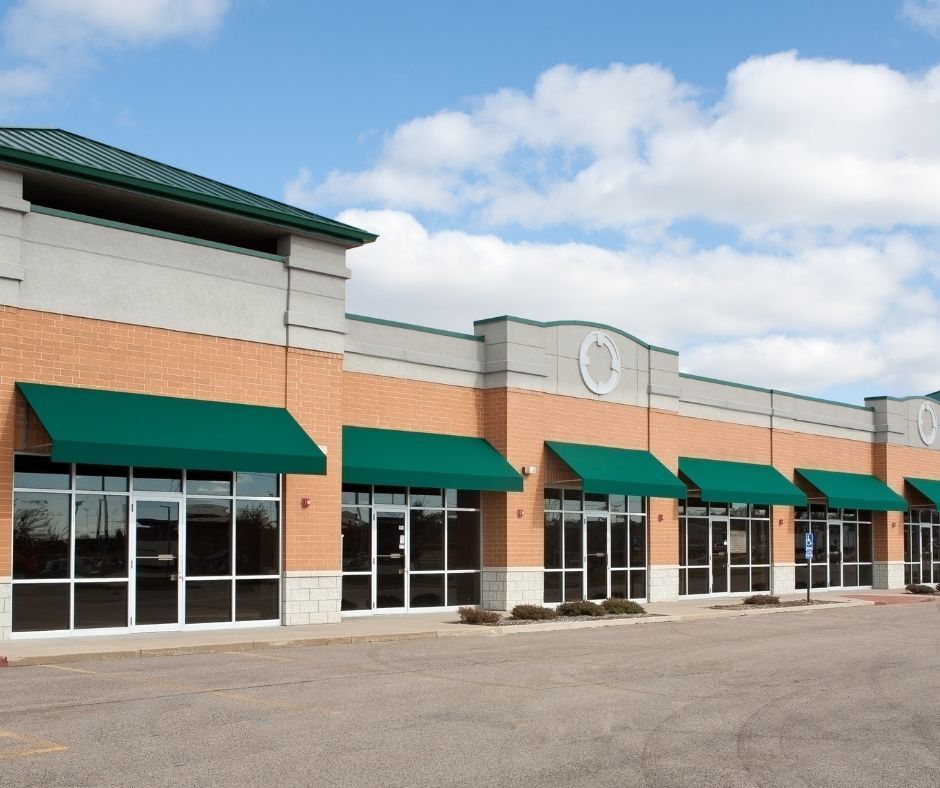Purchase a CrossFit Gym or Franchise With This SBA Loan Option
SBA loan programs are designed to help small businesses get off the ground and grow. If you are looking to purchase a CrossFit gym or franchise, it is important that you have the right financing in place.
The SBA 7(a) for Cross-fit Gyms
Financing a CrossFit Gym is easy. The Government has
SBA 7(a) programs that allow businesses to borrow up to $5 million. Lenders and borrowers can negotiate the interest rate, but it may not exceed the SBA maximum. You can get revolving credit lines up to 10 years. You can qualify in as little as 5 days.

Lenders are not required to take collateral for loans up to $25,000. For loans in excess of $350,000, the SBA requires that the lender collateralize the loan to the maximum extent possible up to the loan amount. If business fixed assets do not “fully secure” the loan the lender may include trading assets (using 10% of current book value for the calculation), and must take available equity in the personal real estate (residential and investment) of the principals as collateral.
Another SBA option for CrossFit gyms is the SBA 504
The Government has SBA 504 programs which are designed to help gyms purchase equipment or real estate that they need in order to expand their business. This type of financing can be used by any business regardless of size or industry but there are different requirements depending on the type of property being purchased.
The applications can be tricky and you need a commercial advisor who knows what he's doing when it comes to applying for these types of loans. You also need someone who has experience working with local banks and lending institutions because not all lenders will approve every loan application that comes across their desk.
To talk to a commercial advisor,
contact us today! Or start your commercial loan application.
Have A Question?
Use the form below and we will give your our expert answers! Or scroll down for more FAQs and Answers.
Ask A Question

Check out our other helpful videos to learn more about credit and residential mortgages.














